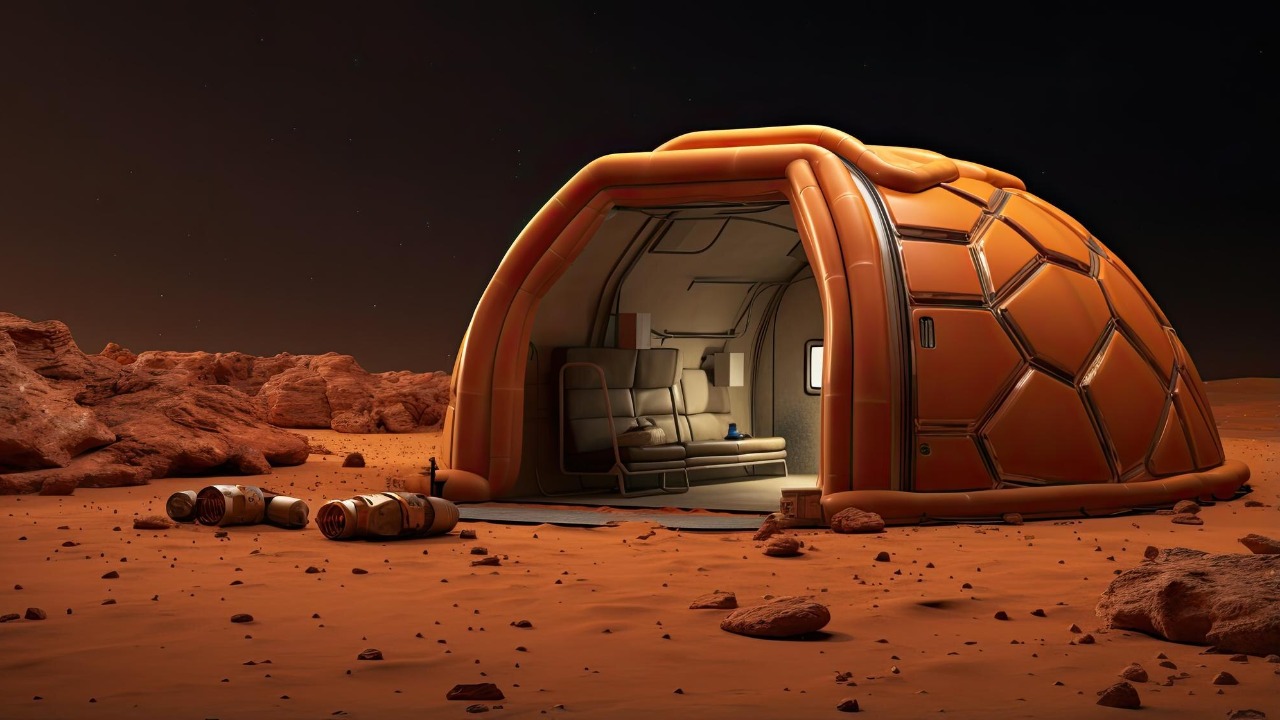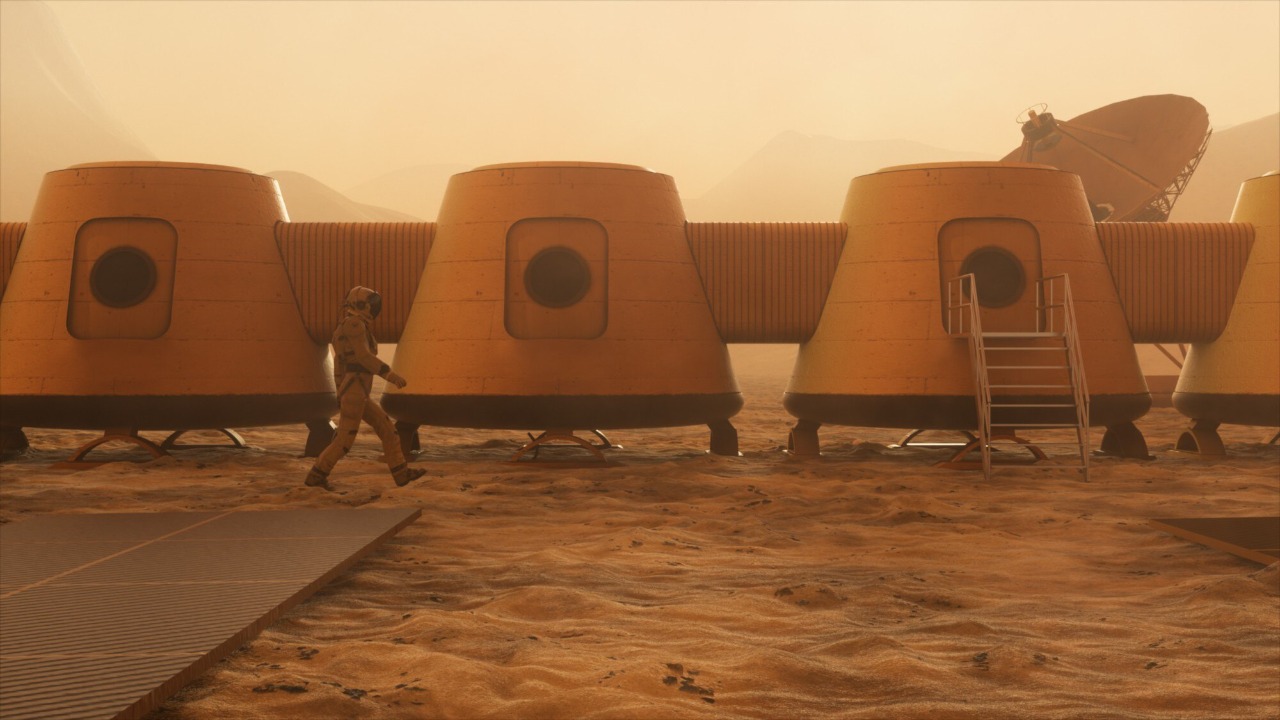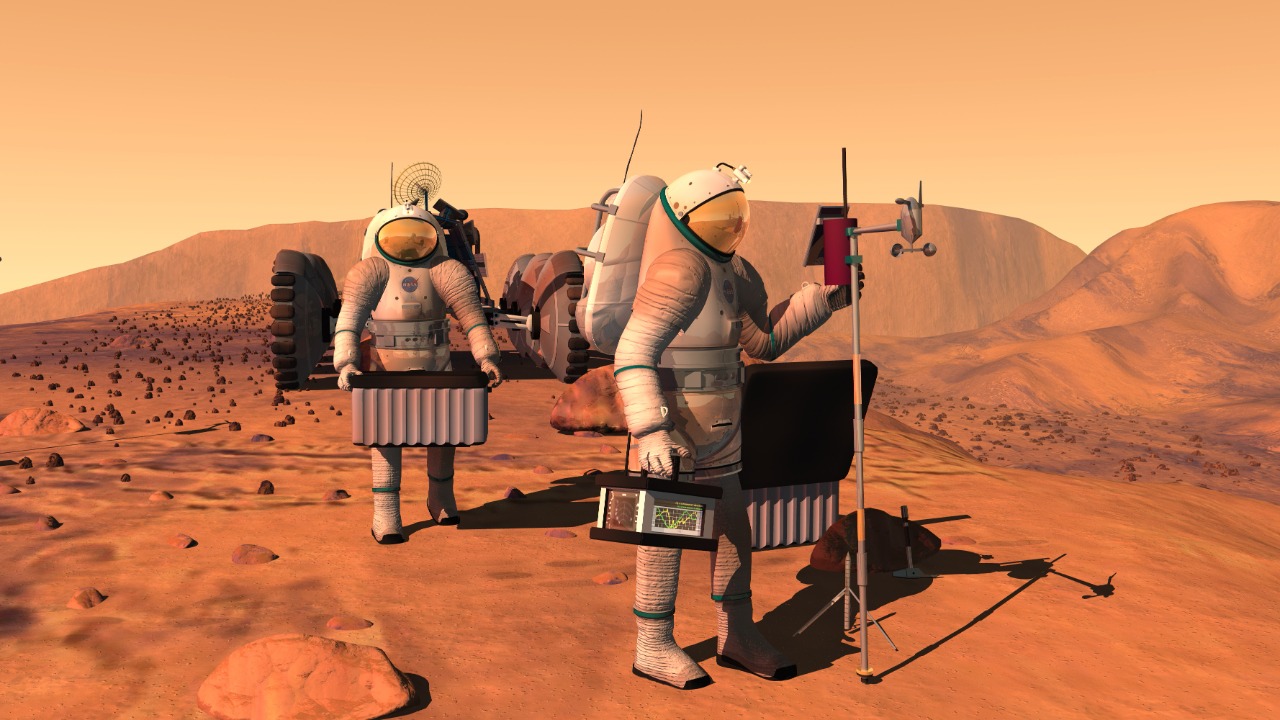
NASA has long been at the forefront of space exploration, and the ambition to establish a human presence on Mars is no longer just a dream. Recent insights reveal NASA’s covert plans for a Mars base, which promise to revolutionize our understanding of the Red Planet and enhance humanity’s ability to thrive in extraterrestrial environments.
The Vision for a Mars Base

NASA’s vision for a Mars base extends beyond mere exploration. The overarching goals include extensive scientific research, understanding Mars’ geology, climate, and potential signs of past life, as well as laying the groundwork for future colonization. This base would serve as a pivotal point for ongoing research and a stepping stone towards deeper space exploration.
The concept of the Mars Base Camp, proposed by Lockheed Martin, plays a crucial role in this strategy. It envisions a crewed orbiting platform around Mars, facilitating scientific exploration and serving as a launch point for surface operations. NASA’s collaboration with international partners and private companies is vital to this endeavor, pooling resources and expertise to bring the Mars base from concept to reality.
Site Selection: Following the Water

Choosing the right landing site for a Mars base is a strategic process, guided by the crucial need to be near water sources. NASA’s strategy focuses on areas where water ice is likely present, ensuring a sustainable source for life support and fuel. Proximity to water not only supports the base’s immediate needs but also opens avenues for scientific discovery regarding Mars’ hydrological history.
Technological advancements play a significant role in site selection. NASA’s Jet Propulsion Laboratory employs an array of tools and methodologies to identify potential sites, including satellites and rovers equipped with advanced imaging and sensing equipment. As detailed in NASA’s Jet Propulsion Laboratory research, these technologies enable scientists to pinpoint locations that balance scientific interest with logistical feasibility, although challenges such as harsh terrain and extreme weather conditions pose ongoing obstacles.
Technological Innovations and Challenges

Technological innovations are at the core of NASA’s plans to support human life on Mars. Development of robust habitats and life support systems capable of withstanding Martian conditions is underway. These systems must address the challenges of radiation exposure, dust storms, and temperature extremes unique to Mars.
Engineering these solutions involves extensive research and testing on Earth. According to IEEE publications, ongoing experiments simulate Martian conditions to refine technologies that can sustain human life. This includes radiation shielding, advanced life support systems, and autonomous habitat construction, all critical components to ensure the safety and success of Mars missions.
Logistics of Sustaining Human Life

Sustaining human life on Mars requires innovative approaches to resource utilization. In-situ resource utilization (ISRU) is a key strategy, focusing on extracting water and oxygen from Martian resources. This approach minimizes the need to transport supplies from Earth, significantly reducing mission costs and complexity.
Food production and waste management also present unique challenges. NASA is developing closed-loop systems for sustainable agriculture, which recycle nutrients and minimize waste. These systems aim to ensure a steady food supply for astronauts while reducing reliance on Earth-based resources. Additionally, maintaining astronaut health during long-duration missions involves comprehensive strategies for monitoring and addressing physical and psychological well-being.
The Roadmap to Reality

NASA’s roadmap to establishing a Mars base involves a phased approach. Initial robotic missions will pave the way for human explorers, gathering critical data and testing technologies. Subsequent missions aim to establish a sustainable human presence, with timelines and milestones set in collaboration with international and private partners.
The potential impact of a Mars base extends beyond scientific discovery. It represents a leap forward in space exploration, setting the stage for humanity’s role in the cosmos. As detailed in various sources, achieving a sustainable presence on Mars could inspire future generations and redefine our understanding of life beyond Earth.